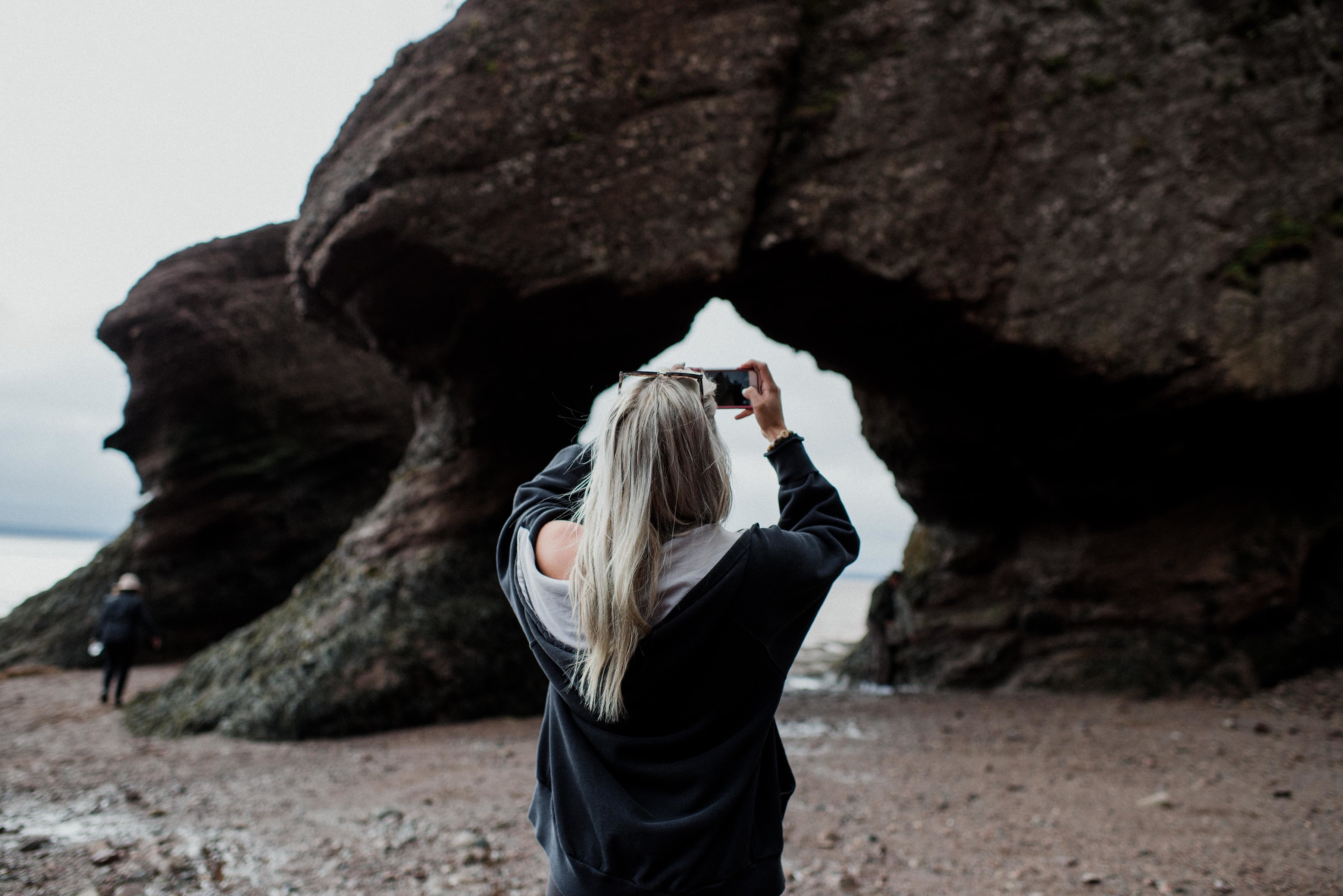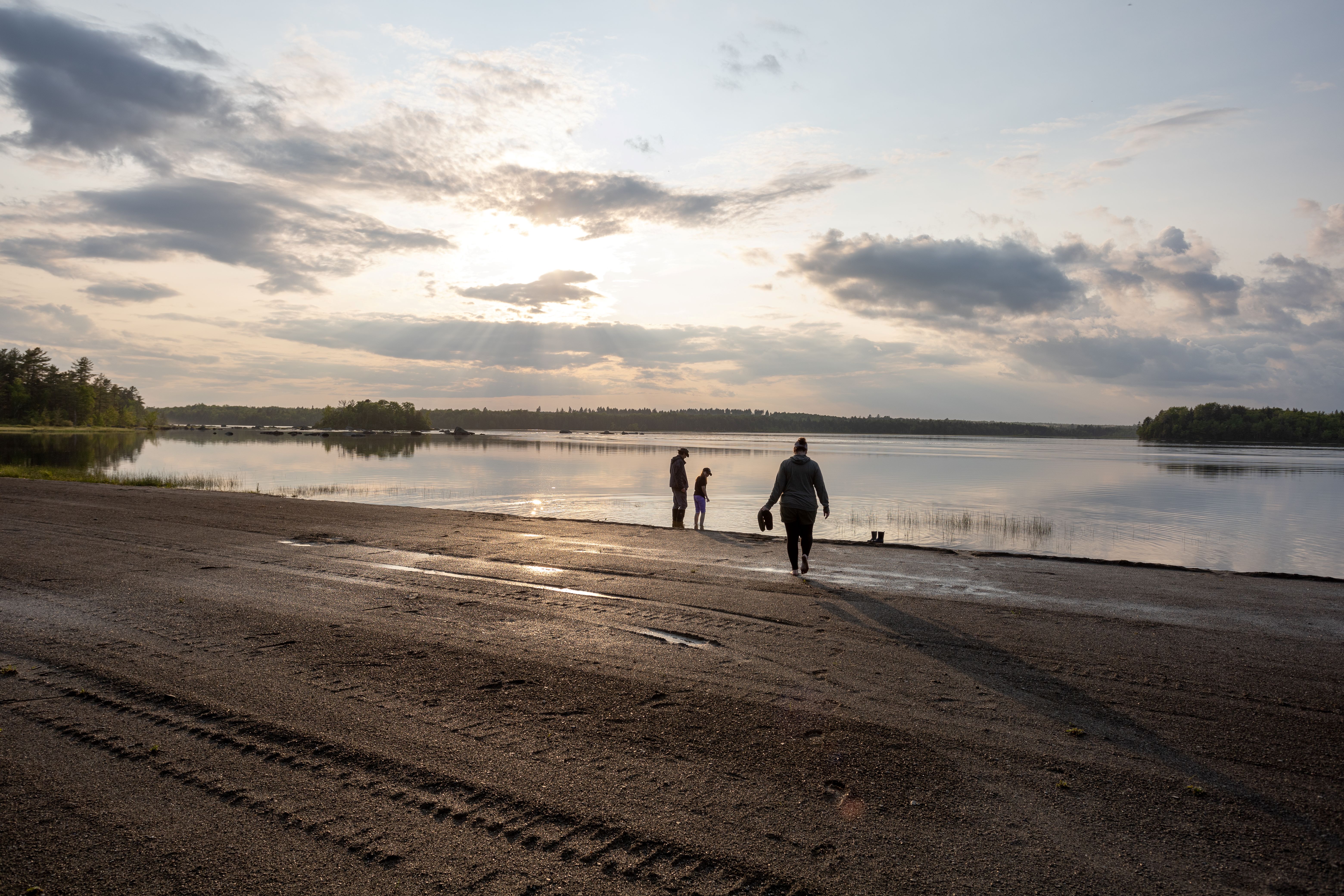Bring your Passion for Photography to New Brunswick Provincial Parks this Spring!

New Brunswick Provincial Parks can provide a stunning backdrop for a photographer of any skill level. From the highest peak in the Maritimes, to the bottom of the ocean floor, you can capture it all. For those from New Brunswick, our landscapes will add a touch of home to your photos and for those from afar you will be able to create beautiful memories in your photos to take a little piece of New Brunswick home with you.

With the spring season bringing our forests and diverse landscapes to life, photographers will be inspired to seek out unique photo opportunities in every corner of our enchanting province. Each park has a unique photo opportunity to offer:
• République Provincial Park offers the beauty of the Madawaska River for those great canoe or kayaking adventure photos.

• Mount Carleton Provincial Park, for those who are brave enough to climb the mountain, provides a stunning aerial, tree filled backdrop that screams New Brunswick!

• The Mountain of Adventure at Sugarloaf Provincial Park will have photographers bumping up that shutter speed to capture a crisp, clear photo of mountain bikers racing to the bottom.

• Mactaquac Provincial Park’s Beaver Pond is a great spot to potentially snap a photo of their resident beavers hard at work!

• North Lake Provincial Park paints a beautiful background when the sunrays hit the water just right.

• New River Beach Provincial Park and its expansive beach offers the space needed for energetic, beach day photos.

• Herring Cove Provincial Park’s rich and healthy forests give a vibrant contrast for any bright and lively nature photos.

• A visit to The Hopewell Rocks isn’t complete without a photo under Lover’s Arch showcasing the beauty of the Bay of Fundy in the background.

• Catching the golden hour at Murray Beach Provincial Park as the sun sets over the Northumberland strait is a must capture for any photographer.

• Parlee Beach Provincial Park’s warm saltwaters turn up the heat on those water sport photos.

• As the powerful waves of the Bay of Fundy crash along the cliffs of the Fundy Trail Provincial Park, photographers will want to position themselves at one of the many lookouts along the park’s 30-kilometre route.

While lost in the world of photography, wanting to capture every moment that nature provides, it is important to keep safety in mind. Your camera isn’t the only essential gear you will need to pack for your photo-spree, and your artistic eye isn’t just watching for the perfect shot. Parks New Brunswick has prepared a list of tips to make your photo adventure a success.
Let’s look at preparing for your trip. Along with your camera equipment you will want to pack and dress as if you’re going on an adventurous hike. A few must-haves are:
- Proper footwear
- Layers of clothing (be sure to check the weather)
- Snacks and water
- A map of the area with your route planned
- A small first aid kit; and
- Don’t forget to charge your batteries, pack your camera, any lenses you might need, tripod and memory cards!

Keep in mind that your wonderful backdrop is a sanctuary for many different species, and we need to be respectful of their space, not only for your safety but for theirs as well. The highlight of any wilderness photography trip is spotting wildlife, but caution is key when encountering any unpredictable wild animal.

With bears, moose and wildcats calling our parks home, we are sharing a few suggestions with photography enthusiasts who encounter one of our four-legged residents.
1. When taking food with you, carry it in a sealed package or bag, making sure that you carry any empty food wrappers out with you. Leaving no trace is vital to keeping our parks clean for both visitors and wildlife.
2. Keep a safe distance. Carrying the right lenses to zoom in to what you are photographing will capture the best shot from a safe distance!
a. Large animals like deer or moose- 30 meters is recommended.
b. Bears, coyotes or lynxes- 100 meters is recommended.
3. Never turn your back on wildlife, and that includes getting a selfie!
4. Keep something with you that will make noise to alert nearby wild animals. A small Bluetooth speaker is great, but earbuds are not recommended. You will want to be able to hear what’s going on around you.
5. Travel with a group, when possible, but if you are venturing out solo, feel free to let the park staff know your hiking plan! This can be especially important when visiting with Mount Carleton Provincial Park which has limited to no cellular service.

More information and safety tips can be found on the Government of New Brunswick site at: Fish and Wildlife Information – Natural Resources – New Brunswick (gnb.ca)
Maybe you’re new to the world of wilderness photography and need a little help or guidance, or maybe you’re a pro and just want to find new, like-minded friends. Either way, there are guides, like Nathan Robinson here in New Brunswick, that offer photography adventures with small groups so you can learn everything from best sighting spots, hiking safety for you and your gear to outdoor photography techniques. Interested in venturing out with a guide? Visit Guided Moose Tours & Wildlife Photography Workshops / #ExploreNB / Tourism New Brunswick for more information.
 Photo Credit: Nathan Robinson Photography
Photo Credit: Nathan Robinson Photography
When planning your trip to a provincial park for photos, it is important to familiarize yourself with the rules and regulations of the park. You will want to know of any restrictions, closures or drone use and other policies. Being prepared for any limitations can save time and frustration. We also encourage amateur photographers from across Canada to spend your summer creating art with your camera and participating in the Parks NB Adventure in Every Direction Photo Contest! For full details, you can visit the contest page here.
Photography in New Brunswick's provincial parks and other natural areas can be an incredibly rewarding and fulfilling hobby. With a little preparation, mindfulness, and caution, you can capture amazing images of this stunning landscape and its wildlife inhabitant while staying safe and respecting the environment around you. So go out and explore, and don't forget to bring your camera and your sense of adventure!

